Watch: Identifying and comparing materials
Learn about everyday uses of materials.
Why is the handle of a saucepan made from plastic?
Saucepan handles are made from plastic because plastic is a poor conductor of heat, so you won’t get burned when you touch the handle.
Types of materials

Materials have different properties that make them useful for different jobs.
Metals
Most metals are strong, hard and shiny materials that can be hammered into different shapes without breaking. They are goodconductorA material which allows charge or heat to move easily through it. of heat and electricity and some are magnetic. Their properties make them useful for objects such as cutlery, saucepans, cars and coins.
Plastics
Plastics are materials made from chemicals and are not found in nature. They are strong and waterproof. They can be made into any shape by applying heat. Plastics are not magnetic. They are good insulatorA material that does not allow charge or heat to pass through it easily. and don't conduct heat or electricity. They're used to make things like bags, bottles and toys.

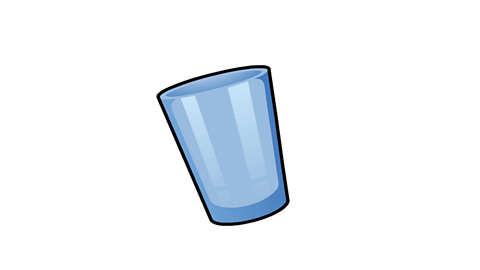
Glass
Glass is made by melting sand and other minerals together at very high temperatures. It is normally transparentA material that we can see through, like glass, is transparent. and can be made into different shapes. Thick glass can be strong, but thin glass breaks easily. It’s used for objects that need to be transparent, such as windows and spectacles.
Wood
Wood comes from trees. It is strong, flexible and long-lasting. It is an insulator of heat and electricity. It’s used to make things such as furniture.

Fabrics
Fabrics are made from thin fibres woven together. Different fabrics have different properties. They can be stretchy (a pair of tights), insulating (a woollen coat) or absorbentMaterials that soak up, or absorb, liquids are absorbent. (a towel). Fabrics are used to make clothes as they are flexible, warm and do not wear out easily.

Properties
Properties describe how a material behaves, and explain why it is well suited for a particular use. For example, metal has a high melting point (this is a property of most metals) so it is good to use to make a frying pan (this is the use of the material).
Some properties are really obvious but other properties might be less familiar:
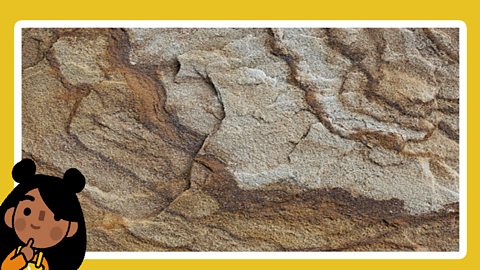
Image caption, Hard
A material is hard if you cannot easily scratch it. Lots of metals are hard – you cannot easily scratch a metal pair of scissors.
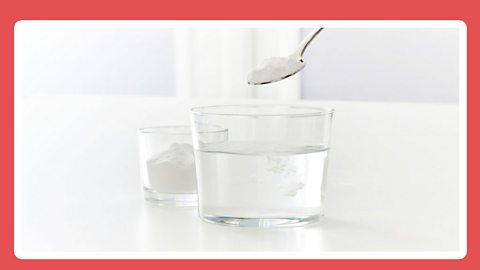
Image caption, Soluble
A solid is soluble if it dissolves into a specific liquid (usually water). Salt and sugar are soluble in water. Sand is insoluble (doesn’t dissolve).

Image caption, Transparent
A material is transparent if you can see through it. Glass is transparent. The opposite to transparent is opaque.
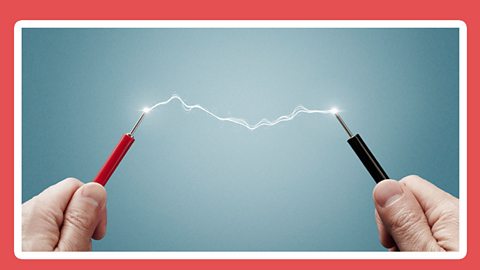
Image caption, Good electrical conductors
Metals and graphite are good electrical conductors because electricity flows through them easily. Plastics and glass are poor electrical conductors. We say they are electrical insulators.
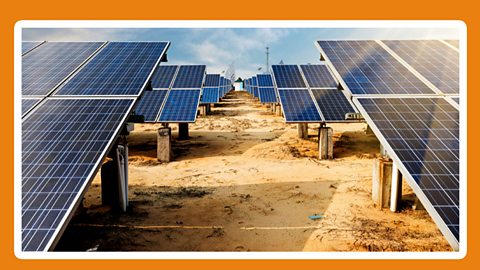
Image caption, Good thermal conductors
Metals are good thermal conductors because heat passes through them easily. Fabrics are poor thermal conductors.
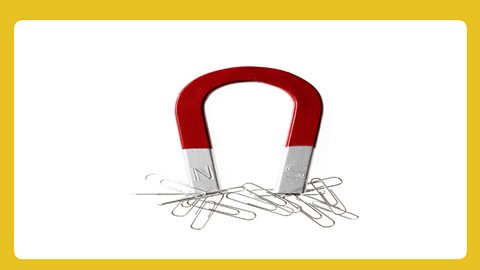
Image caption, Magnetic
Specific metals like iron and steel are magnetic because they can be attracted to a magnet.
1 of 6
Activity 1: Quiz
Activity 2: Spotting objects and materials
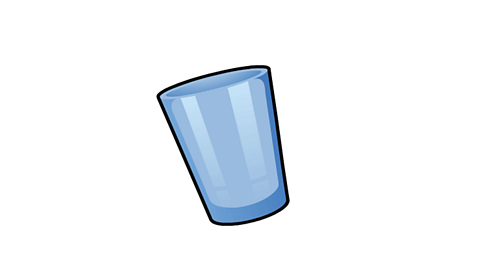
You will need a paper and pen for this activity.
- Make a list of some objects you can see around you.
- Write down what material is used to make each object.
- Explain why that material is used, think about the properties of that material.

Bitesize Primary games. gameBitesize Primary games
Play fun and educational primary games in science, maths, English, history, geography, art, computing and modern languages.

More on Properties and change of materials
Find out more by working through a topic
- count2 of 5
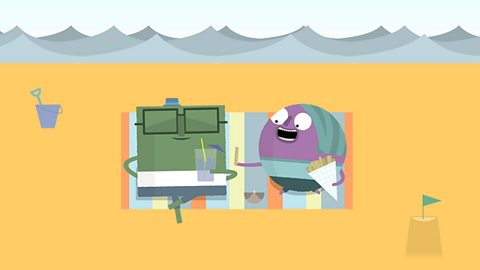
- count3 of 5

- count4 of 5
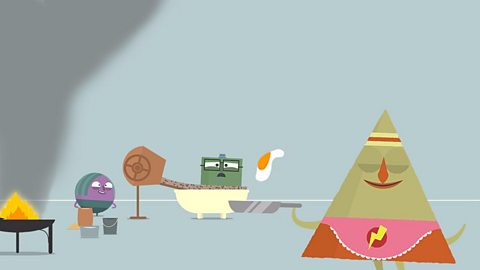
- count5 of 5
